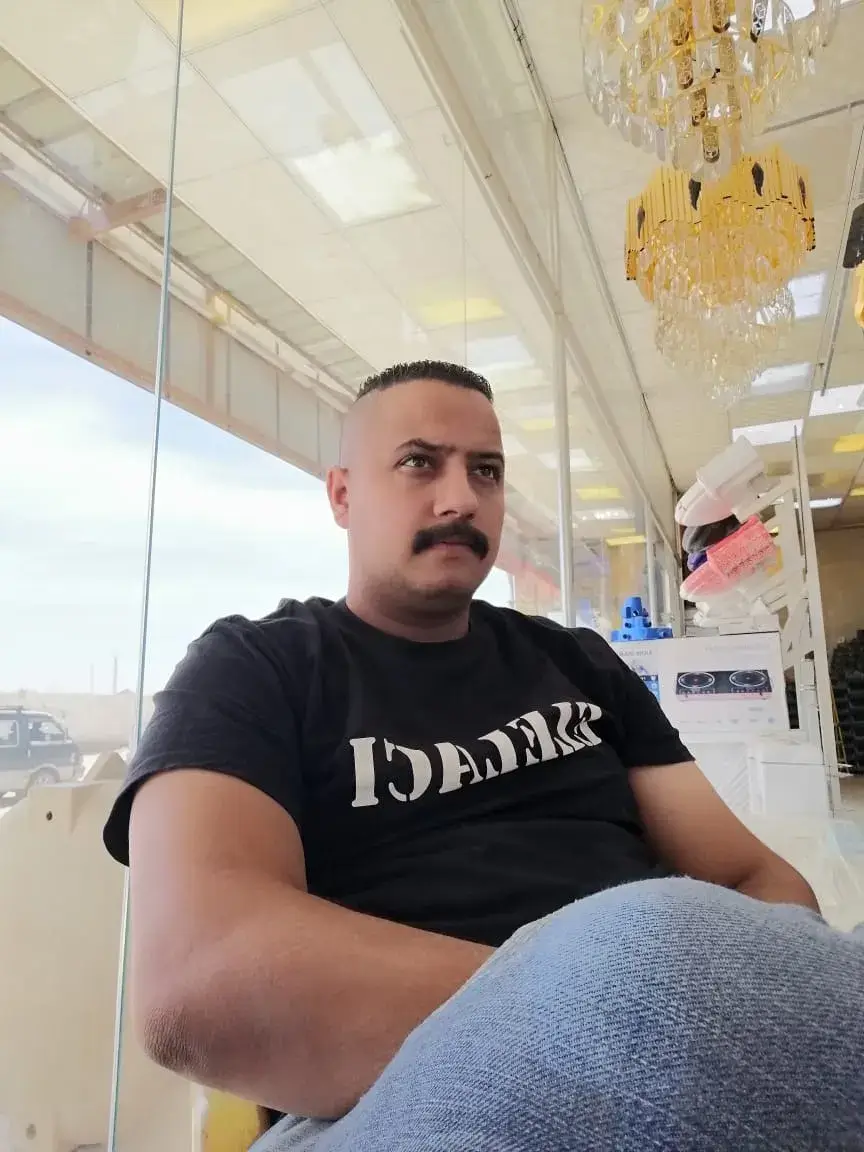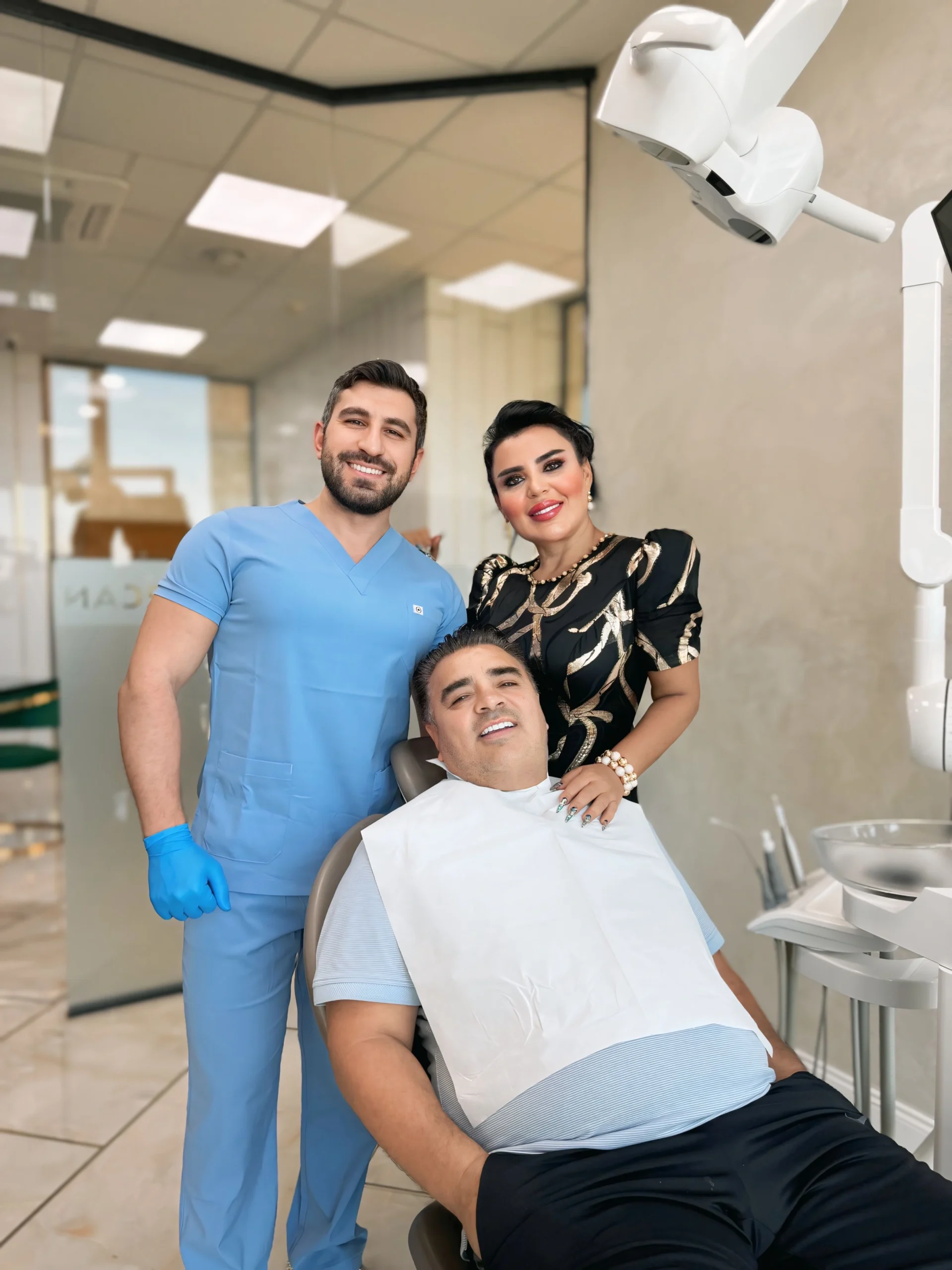Mustache Transplant in Turkey




Tired of a patchy or thin mustache? Dreaming of a luscious, full-bodied one? You’re not alone. Discover the revolutionary solution that’s transforming faces worldwide: Mustache Transplant.
A Mustache Transplant in Turkey is a surgical procedure that restores or enhances the thickness and fullness of your mustache. It involves transplanting hair follicles from the back and sides of the head to the mustache area.
So, unlock the secret to a majestic, full-bodied mustache with Asli Tarcan revolutionary Mustache Transplant procedure! Our expert team, led by renowned hair restoration specialists, utilizes cutting-edge techniques to deliver natural-looking results.
In this article, we’ll explore the cost, benefits, techniques, and what to expect from this life-changing procedure, helping you make informed decisions about achieving the perfect stache.

GET FREE HAIR ANALYSIS
Fill out the form below in order to receive a free, no-obligation consultation to get the information you need to help you make the right choices.
What is
Mustache Transplant?
A Mustache Transplant is a hair restoration procedure that involves transplanting hair follicles from the scalp to the mustache area, restoring or enhancing facial hair.
Using minimally invasive techniques like Follicular Unit Extraction (FUE) or Direct Hair Implantation (DHI), this procedure delivers natural-looking, permanent results. It transforms thin, patchy, or uneven mustaches into full, lush ones.
What are the Advantages of
A Mustache Transplant?
It is important to know what you will get after a plastic surgery like a mustache transplant. The advantages of a facial hair transplant at Aslı Tarcan in Turkey outweigh the negatives, offering a range of physical and psychological benefits:
Permanent Solution
Unlike temporary fixes like makeup or prosthetics, A mustache transplant provides a long-lasting solution for thinning or patchy areas.
Natural Results
Transplanted hairs blend seamlessly with existing hair, creating a natural look and feel.
Boosts Confidence
A fuller, well-defined mustache can enhance self-esteem and confidence.
Customizable
The procedure allows for tailored shaping and design to suit individual preferences.
Minimally Invasive
The transplant process is relatively painless and requires minimal downtime.
No Maintenance
Transplanted hairs require no special care, unlike artificial or temporary solutions.
Versatility
Can restore or create a variety of mustache styles.
Combines with Existing Hair
Transplanted hairs grow alongside natural hair, creating a cohesive appearance.
Solution for Scarring
Can cover facial scars or burns affecting the mustache area.
Professional and Social Benefits
A well-groomed mustache can project professionalism, sophistication, and authority.
What Causes Hair Loss on Mustache?
Hair loss has numerous reasons, some avoidable and others not. Thus, understanding the common causes of mustache hair loss can help patients to make informed decisions to improve their facial hair growth.
The most common reasons for hair loss on mustaches include the following.
Genetics
Androgenetic alopecia (male/female pattern baldness) is a major cause for mustache hair loss. This condition causes hair follicles to shrink and eventually stop growing.
Hormones
Lack of testosterone (male hormone) leads to a weak blood supply, hinders desired facial hair growth and causes mustache hair loss.
Nutritional Habits
Nutrients like vitamins and minerals are irreplaceable components of healthy cell growth. Any deficiency will lead to hair loss on facial areas.
Scarring and Trauma
Facial hair loss due to injury, burns or physical traumas such as accidents affects tissue scarring, resulting in hair loss.
Alopecia
Alopecia is a hair loss condition triggered by an immune system response, resulting in small, non-scarring patches of baldness. These patches can occur on the scalp, beard, mustache, and other facial hair areas.
Medications
Certain medications like blood thinners, steroids or chemotherapy drugs etc. can also cause facial hair loss.
What are Mustache Transplant Techniques?
Transplant surgery is a multifaceted field. Our hair restoration experts at Aslı Tarcan tailor their approach to each patient’s unique needs, recommending the most effective mustache transplant technique to ensure optimal outcomes and restore confidence.
Here are different mustache hair transplantation techniques.
Strip
Harvesting
Surgeon removes a linear strip of hair-bearing skin, then dissects into individual follicular units.
Benefits:
Follicular Unit Extraction (FUE)
Surgeons extract individual follicular units directly from the donor site using specialized tools.
Benefits:
Direct Hair Implantation (DHI)
Variant of FUE, using specialized tool to minimize recipient site trauma.
Benefits:
Robotic Hair Restoration
Utilizes robotic assistance for precision and efficiency in harvesting and implanting follicles.
Benefits:
Who is an Ideal Candidate for Mustache Transplant?
Men seeking mustache hair loss treatment through dermatology should understand whether they are ideal candidates for the surgery. Since, numerous medical and psychological conditions hinder individuals from opting a surgical solution to their mustache transplant.
Our experts in Turkey have compiled a list of conditions that establish candidacy of an individual for mustache transplant.
How Can I Prepare Myself for Mustache Transplant?
Once you have decided to proceed with the mustache transplant after consultation with our team. You should start getting yourself prepared right away, because it is always beneficial to get into the best physical shape.
Our doctors will provide you full details about pre-op care instructions and a list of dos and don’ts, which includes the following:

How is Mustache Transplant Performed?
Hair restoration around the mustache follows similar steps to other hair transplant procedures. However, the mustache is a sensitive area that requires a high level of precision.
This where our experts excel in delivering natural and affordable facial aesthetics.
Here are general steps involved in performing a mustache transplant in Turkey.
Consultation and Assessment
Consult our surgeon to discuss facial plastic surgery to restore your mustache hair. Ask any questions you have, and our team of experts will be happy to answer them. Further, we will also run necessary tests to establish your candidacy for the procedure.
Harvesting Donor Hair
Our professional dermatologist will prepare the donor area (e.g. back of head) by shaving and cleaning it. Then, they will offer local anesthesia to minimize discomfort and pain.
Once the donor area is numb, our surgeons will extract hair follicles from the donor area using either strip harvesting or FUE.
Recipient Site Creation
The surgical team prepares the recipient site around the mustache area by making small slits into the upper lip. Moreover, they will also dissect extracted hair follicles into individual grafts.
Graft Placement
Once ready, the surgeons carefully put grafts into the recipient sites, following the natural direction of hair growth. It will elevate beard hair growth, thus helping you benefit from the transplant.
Completion
Following grafting, the surgeon will finalize the procedure by administering topical antibiotics and specialized creams to promote healing. Additionally, personalized recovery guidelines will be provided, along with scheduling of follow-up appointments to monitor progress and ensure optimal results.
What are Mustache Transplant Recovery Guidelines?
The success of a mustache transplant in Turkey depends on proper postoperative care. Our surgeons will provide individualized care instructions. For general guidance, please consider the following.


Are there any Side Effects of Mustache Transplant?
As with any surgery, a mustache transplant may involve certain side effects, although major complications are rare. Potential side effects include:
Who Should Avoid a Mustache Transplant?
While a mustache transplant offers a solution for numerous men striving for their perfect facial hair. However, some individuals may not suit the procedure; these include the ones having:

How Much Mustache Transplant Cost in Turkey?
Mustache implants are a big decision for individuals, as they have to invest their emotions and money. However, at Aslı Tarcan, expect the best patient care at highly affordable prices.
Here is a general price comparison to make your long awaited mustache implant decision easy.
Country
Cost of Mustache Transplant
Turkey
$2,000 - $5,500
USA
$9,000 - $15,000
UK
$8,000 - $13,000
Canada
$5,500 - $11,500
Germany
$6,000 - $10,000
France
$5,000 - $8,000
